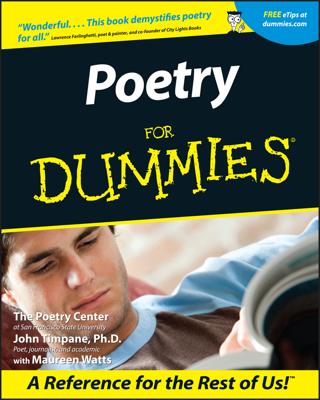These terms help when you're reading Shakespeare's works to keep track of different types and parts of plays, the poetry styles Shakespeare often employed, and stage direction.
blank verse: Poetry in which the lines do not rhyme. Shakespeare used a mixture of prose, rhymed verse, and blank verse in his plays, but mostly he used blank verse.
comedy: A play in which the heroes do not die, but usually get married. Most comedies are lighthearted, but a few are somber until the final scene, when everyone is reconciled.
couplet: A pair of lines that rhyme. A couplet often marks the end of a scene or act.
exeunt (“eg-ZOONT”): Plural form of exit, used in stage directions when many people leave the stage at once.
flourish: A stage direction for a fanfare of drums and trumpets, usually announcing the entrance or exit of a king or queen.
history: A play that recounts historical events. Shakespeare’s history plays are historical fiction. He altered time, people, and events.
iambic pentameter: A form of verse in which every other syllable is stressed (as in “dah-DUM”) and each line contains five stressed syllables.
quatrain: A stanza of four lines, usually rhyming on alternate lines.
rhyme royal: A verse form of seven-line stanzas rhyming in the pattern ababbcc.
sennet: A stage direction for a trumpet fanfare, like a flourish.
soliloquy: A monologue that reveals a character’s inner thoughts and feelings.
sonnet: A poem of 14 lines that follows a particular rhyme scheme. Shakespeare included sonnets in a few of his plays, and he wrote 154 sonnets as a series. Most of Shakespeare’s sonnets rhyme in the pattern abab cdcd efef gg.
tragedy: A play in which the hero has a character flaw, such as pride, that leads to his death.

